The Hedge Funds Market is currently characterized by a dynamic competitive landscape, driven by a confluence of factors including technological advancements, regulatory changes, and evolving investor preferences. Major players such as Bridgewater Associates (US), Citadel LLC (US), and AQR Capital Management (US) are at the forefront, each adopting distinct strategies to navigate this complex environment. Bridgewater Associates (US) continues to emphasize its research-driven approach, leveraging data analytics to inform investment decisions, while Citadel LLC (US) focuses on enhancing its trading infrastructure through cutting-edge technology. AQR Capital Management (US) appears to be concentrating on integrating quantitative strategies with traditional investment methods, thereby appealing to a broader range of investors. Collectively, these strategies not only enhance their competitive positioning but also contribute to a more sophisticated market structure.
The business tactics employed by these hedge funds reflect a nuanced understanding of market demands. For instance, localizing investment strategies to cater to regional market conditions has become increasingly prevalent. The Hedge Funds Market is moderately fragmented, with a mix of established firms and emerging players vying for market share. The collective influence of key players shapes the competitive dynamics, as they engage in strategic partnerships and collaborations to bolster their market presence.
In September 2025, Citadel LLC (US) announced a significant investment in artificial intelligence capabilities, aiming to enhance its predictive analytics for trading strategies. This move underscores the growing importance of AI in the hedge fund sector, as firms seek to leverage technology to gain a competitive edge. By integrating AI into its operations, Citadel LLC (US) positions itself to respond more adeptly to market fluctuations, potentially increasing its profitability and market share.
In August 2025, AQR Capital Management (US) launched a new fund focused on sustainable investments, reflecting a broader trend towards environmental, social, and governance (ESG) criteria in investment decisions. This strategic initiative not only aligns with the increasing demand for responsible investing but also differentiates AQR Capital Management (US) in a crowded marketplace. By prioritizing sustainability, the firm may attract a new demographic of investors who are increasingly concerned about the ethical implications of their investments.
In July 2025, Bridgewater Associates (US) expanded its The Hedge Funds Market, establishing a new office in Singapore. This strategic expansion is indicative of the firm’s commitment to tapping into emerging markets, which are expected to experience significant growth in the coming years. By positioning itself in Asia, Bridgewater Associates (US) aims to capitalize on the region's burgeoning wealth and investment opportunities, thereby enhancing its global competitiveness.
As of October 2025, the Hedge Funds Market is witnessing a pronounced shift towards digitalization, with firms increasingly adopting advanced technologies to streamline operations and enhance decision-making processes. The integration of AI and data analytics is becoming a defining trend, as firms seek to differentiate themselves through innovation rather than price competition. Strategic alliances are also playing a crucial role in shaping the current landscape, as firms collaborate to share resources and expertise. Looking ahead, competitive differentiation is likely to evolve, with a greater emphasis on technological innovation, sustainability, and supply chain reliability, positioning firms to better meet the demands of a rapidly changing market.
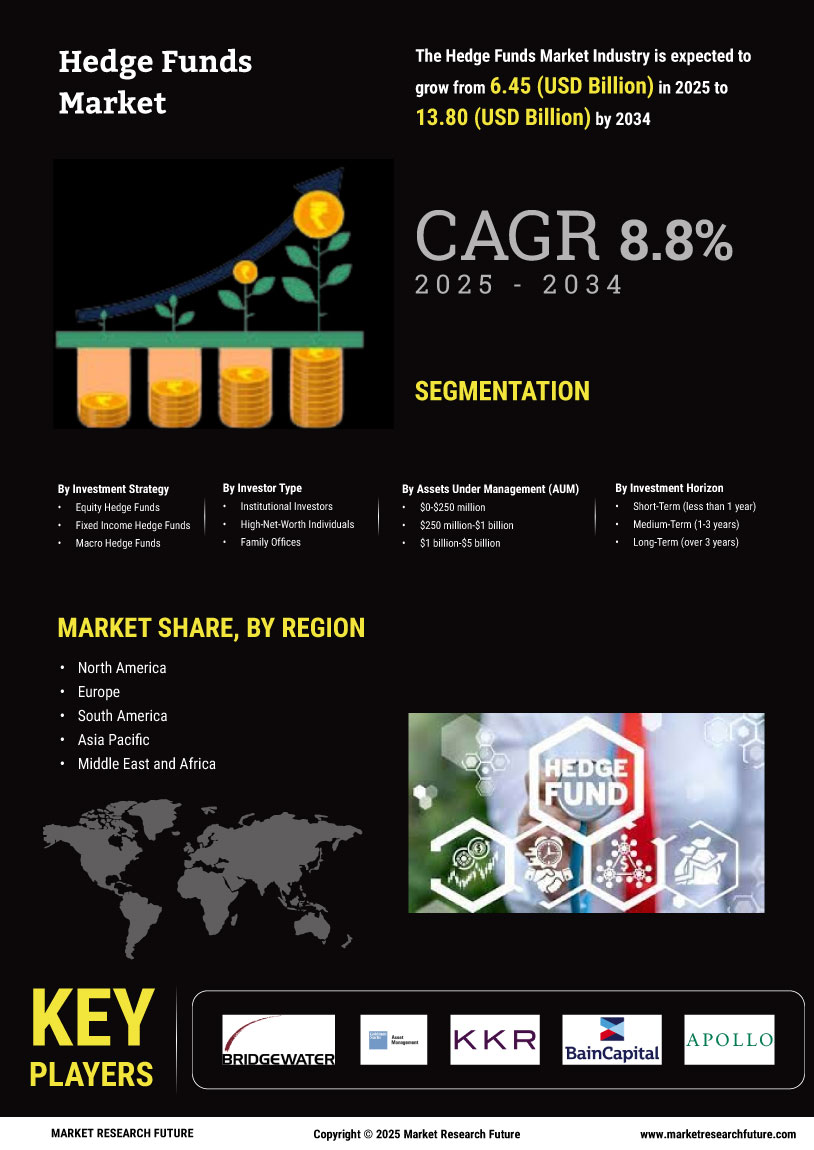

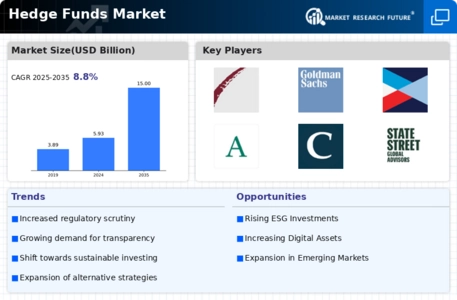
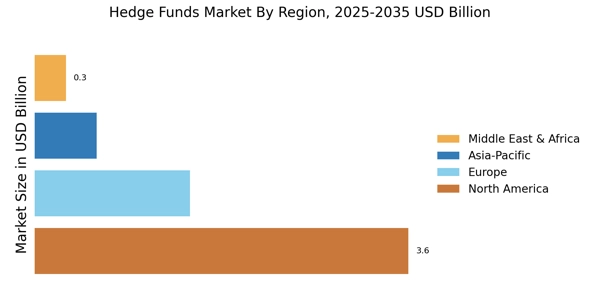

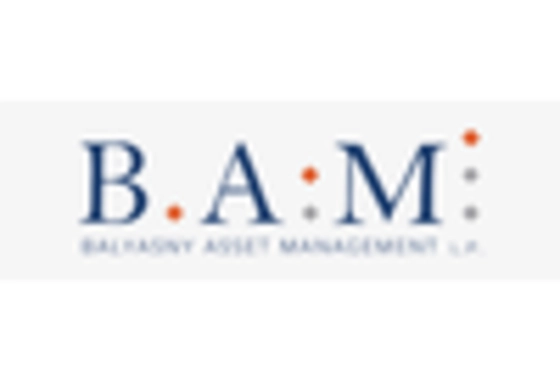

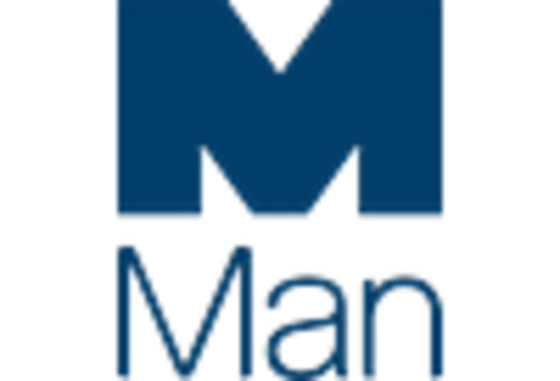
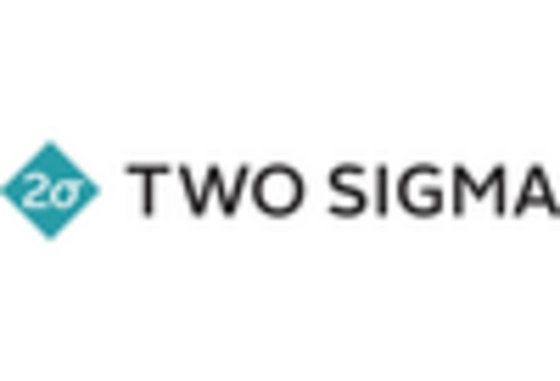
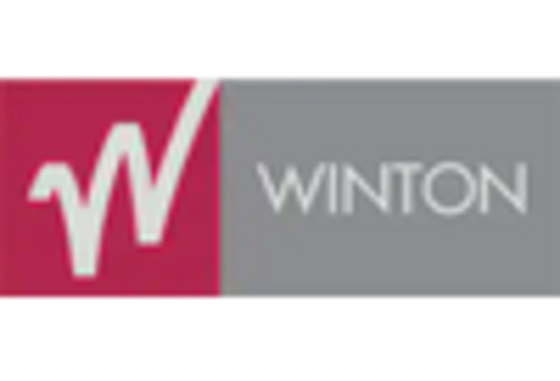








Leave a Comment